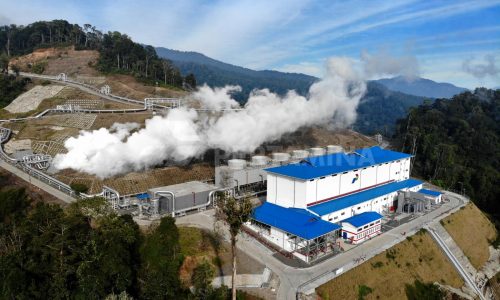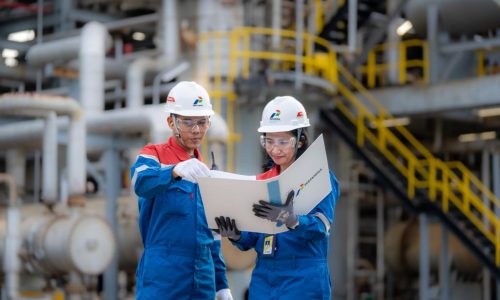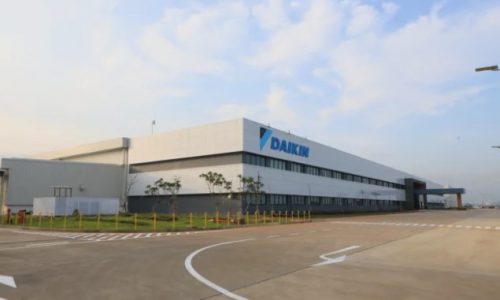Food and beverages company PT Diamond Food Indonesia Tbk (DMND) has prepared a capital expenditure (Capex) of IDR 350 to expand its factory in Cikarang, West Java.
Diamond Food, founded in 1973, specializes in food manufacturing and distribution through its subsidiaries. Originally, the company was known for manufacturing ice cream under the Diamond trademark. The company distributed and collaborated with international popular food brands such as Skippy peanut butter, Fererro Rocher chocholate, Nutella chocolate spread and more.
According to the company’s director, Richard Johannes Purwadi, Diamond Food has used IDR 100 billion to complete projects that had been operating since last year, while the remaining IDR 250 billion was to fund new projects in 2022. Until July 2022, the company has used internal cash funding sources to finance part of the capital expenditure.
The 2022 capex is focused to expand the production and distribution facilities of Diamond Food that are located in the Cikarang industrial area.
“The increase in capacity at the two facilities will drive growth in the years to come,” Purwadi said during the public exposure on October 4, 2022.
Diamond Food generated an income of IDR 4.05 trillion in the first semester of 2022, up by 20.82% year-on-year (yoy) from IDR 3.35 trillion. The branded goods group – including Diamond Milk, Diamond Chedar Cheese, Diamond Ice Cream and Marley chocolate – gained the most revenue of IDR 3.63 trillion. Meanwhile, non-branded products contributed IDR 412.37 billion. Diamond now controls more than 50 brands, including Fit Mee, which was bought in September 2022.









